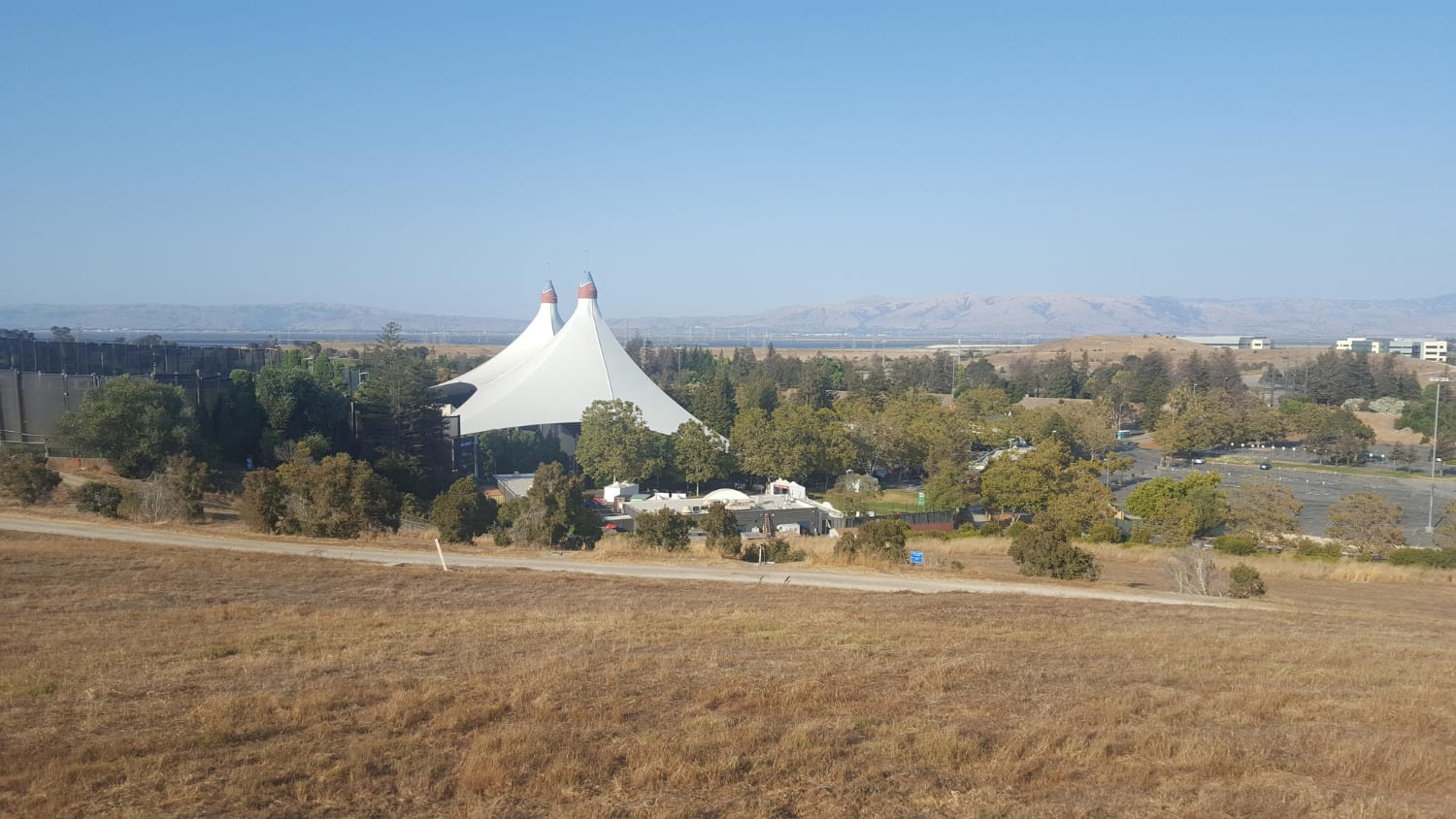Mormonism is a religious movement that originated in the United States in the 19th century. The movement’s founder, Joseph Smith, claimed to have received divine revelations and established the Church of Jesus Christ of Latter-day Saints (LDS) in 1830.
Today, there are various denominations within the Latter Day Saint movement, each with their own unique beliefs and practices.
While the LDS church is the largest and most well-known denomination, there are several other groups that fall under the umbrella of Mormonism. These include the Community of Christ, the Fundamentalist Church of Jesus Christ of Latter-Day Saints, and the Church of Jesus Christ (Bickertonite), among others.
Each group has its own interpretation of Mormon theology and history, which has led to differences in doctrine and practice.
This article will provide a guide to the different types of Mormons, including a full list of denominations within the Latter Day Saint movement. It will explore the key differences between these groups, including their beliefs about God, the role of the church, and the afterlife.
By the end of this article, readers will have a better understanding of the diversity within the Mormon community, and the ways in which these differences have shaped the movement’s history and identity.
Mormonism: A Brief History
Mormonism is a religious movement that was founded in the United States during the early 19th century. It was established by Joseph Smith, who claimed to have received a series of divine revelations that led him to create a new religion.
According to Mormon beliefs, Smith was chosen by God to be a prophet and to restore the true church of Jesus Christ to the earth.
One of the key beliefs of Mormonism is the idea of a “restoration.” Mormons believe that the original Christian church was corrupted over time, and that many of its true teachings were lost.
They believe that God chose Joseph Smith to restore these teachings, and that the Book of Mormon, which Smith translated from ancient gold plates, contains the fullness of the gospel.
Despite its relatively short history, Mormonism has grown to become a major religious movement, with millions of followers around the world.
The Church of Jesus Christ of Latter-day Saints, which is the largest and most well-known Mormon denomination, has a significant presence in the United States, as well as in many other countries.
The Church of Jesus Christ of Latter-day Saints (LDS)
The Church of Jesus Christ of Latter-day Saints (LDS) is a worldwide faith with over 16 million members.
The church was founded in upstate New York in 1830 by Joseph Smith. The church’s members are centered on the belief that everyone on earth is a son or daughter of a loving God and that His Son, Jesus Christ, saved the world from sin and death.
The LDS church places high importance on families and traditional gender roles. In fact, 81% of Mormons say being a good parent is one of the most important things in life. And 73% say the same about having a successful marriage.
The church also emphasizes the importance of service to others and encourages members to volunteer and serve in their communities. One of the most distinctive features of the LDS church is their belief in modern-day prophets and revelation.
The church is led by a prophet who receives divine guidance and revelation to help guide the church and its members. The church also places a strong emphasis on personal revelation and encourages members to seek guidance from God through prayer and study of the scriptures.
Overall, the LDS church is a faith centered on the belief in Jesus Christ and the importance of family, service, and personal revelation.
Community of Christ (CoC)
Community of Christ (CoC) is a religious denomination that emerged from the Latter Day Saint movement in the 19th century. It is the second-largest denomination within the movement, after The Church of Jesus Christ of Latter-day Saints (LDS Church).
CoC is headquartered in Independence, Missouri, and has a membership of around 250,000 worldwide.
The denomination places a greater emphasis on social justice issues than on theology, with a focus on striving for world peace, feeding the hungry, and abolishing poverty. CoC has eight sacraments, including baptism, confirmation, and the Lord’s Supper (communion).
While CoC shares some similarities with LDS Church, there are also significant differences between the two denominations.
For example, CoC rejects the doctrine of plural marriage, which is practiced by some fundamentalist Mormon groups. CoC also has a different view of the nature of God, with a focus on the Trinity and a rejection of the LDS Church’s belief in a Heavenly Mother.
Historically, there have been tensions between CoC and LDS Church, with CoC distancing itself from some of the more controversial beliefs and practices of the LDS Church.
However, in recent years, there have been efforts to improve relations between the two denominations, with leaders from both sides engaging in dialogue and joint projects.
Fundamentalist Church of Jesus Christ of Latter-Day Saints (FLDS)
The Fundamentalist Church of Jesus Christ of Latter-Day Saints (FLDS) is a religious sect that split from the Church of Jesus Christ of Latter-Day Saints (LDS) in the early 20th century.
The split occurred largely because of the FLDS’s refusal to abandon the practice of plural marriage, also known as polygamy, after it was renounced in the “Second Manifesto” by the LDS Church in 1904.
The FLDS has been known for its strict and isolated lifestyle, with members living in small, communal towns in Utah, Arizona, and Texas. The group has been the subject of controversy and media attention due to allegations of child abuse, forced marriages, and other illegal activities.
The FLDS has faced legal challenges and scrutiny from government agencies, with several of its leaders being arrested and convicted for crimes such as sexual assault and child abuse. The group’s former leader, Warren Jeffs, is currently serving a life sentence in prison for his involvement in these crimes.
Despite the controversies surrounding the FLDS, the group continues to exist and has an estimated membership of several thousand individuals. The FLDS remains separate from the LDS Church and is not recognized as a legitimate branch of the Mormon faith by the larger Mormon community.
Other Types of Mormons
In addition to the mainstream Church of Jesus Christ of Latter-day Saints (LDS), there are several other denominations within the Latter Day Saint movement.
These denominations differ in their beliefs and practices, but they all trace their origins back to the teachings of Joseph Smith, Jr.
Here are a few examples:
- Community of Christ: This denomination, formerly known as the Reorganized Church of Jesus Christ of Latter Day Saints, is the second-largest denomination within the Latter Day Saint movement. They reject some of the distinctive teachings of the LDS Church, such as the Book of Mormon as a literal history of ancient American peoples, and reject the concept of a hierarchical priesthood.
- Strangites: This denomination was founded by James Strang, who claimed to have been appointed as Smith’s successor by an angel. They accept the Book of Mormon, but also believe in additional scriptures, such as the Book of the Law of the Lord and the Voree Plates.
- FLDS: The Fundamentalist Church of Jesus Christ of Latter-Day Saints is a breakaway sect that practices polygamy and other teachings that the LDS Church has abandoned. The FLDS is not recognized as a legitimate Latter Day Saint denomination by the LDS Church.
There are also many smaller denominations within the Latter Day Saint movement, such as the Remnant Church of Jesus Christ of Latter Day Saints and the Church of Jesus Christ (Cutlerite).
It’s important to note that while these denominations may have some differences in beliefs and practices, they all share a common heritage and identity as part of the Latter Day Saint movement.
Conclusion
As this article has shown, there are many different types of Mormons. While they all share a belief in the Book of Mormon and the teachings of Joseph Smith, there are significant differences in their beliefs and practices.
Some Mormons are more conservative, while others are more liberal. Some emphasize the importance of works and obedience to doctrine, while others focus more on grace and faith.
It is important to remember that while there are differences among Mormons, they all share a common goal of living a Christ-centered life and serving others.
By understanding the different types of Mormons, individuals can gain a greater appreciation for the diversity within the Mormon community.
Whether someone is a member of the Church of Jesus Christ of Latter-day Saints or simply interested in learning more about the Mormon faith, it is important to approach the topic with an open mind and a willingness to learn.
By doing so, individuals can gain a better understanding of the beliefs and practices of Mormons, and perhaps even find common ground with those who hold different beliefs and perspectives.







